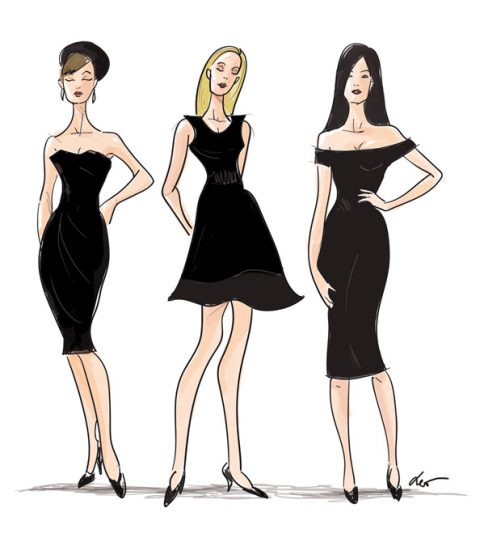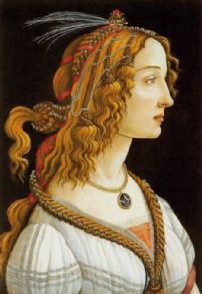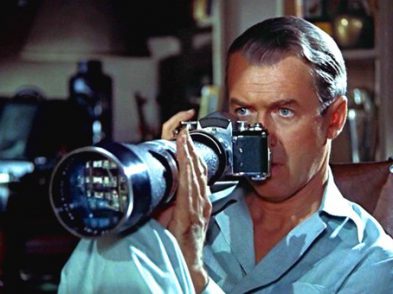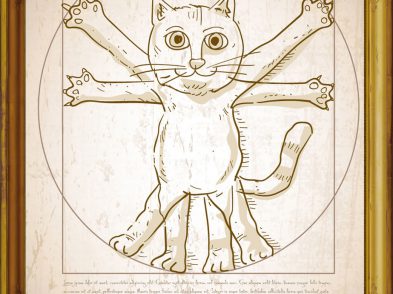I once heard a Venetian friend, an aesthete, say that the Florentine female carries within her the harmony of the Renaissance city and the Tuscan landscape, shaped by hills and valleys tended for millennia by humankind. I would like to think so.
Doubtless she is the bearer of a genetic patrimony of strong regional origins. All Florentine women have become citified, at varying periods in time, beginning with the wives of those earliest veterans of Augustus who founded the colony of Florentia on the banks of the Arno river in the first century BCE. Gentlewomen of landed families and countrywomen turned middle class came from the Mugello and Valdarno, Chianti and the Florence-Prato-Pistoia plain. Which explains why the long heredity retains traces of age-old values associated with the land and its hardships: elegance achieved through sobriety, a tendency to reason and a frankness that does not shy away from irony.
Stendhal’s judgement dating to 1817 still carries weight today—in the beautiful eyes of the city’s women he glimpsed quick wit and proud reason, yet very little predisposition for sensual pleasure and passion. “Eyes ready to judge,” Stendhal wrote, “rather than to love.” Perhaps he had certain energetic women in mind, such as Alessandra Macinghi Strozzi, who amidst the turbulent Florentine politics of the fifteenth century ruled a family of men in exile. Or the astute Eleonora di Toledo, who decided to invest her money in the Pitti Palace and the Boboli hill. Or the Electress Palatine, the last of the Medici, who proved successful in obligating Florence’s cultural treasures, her family’s legacy, to remain in the city. Or outsider brides like Alfonsina Orsini and Caterina Sforza who, mired in the misfortunes of their Medici husbands, remained unwavering at the helm of the family’s interests.

Illux by Leo Cardini
Then there were the brave partisan dispatch riders of the World War II: Maria Luigia Guaita and Oriana Fallaci. And the unknown ladies which pictures of November 1966—after the great flood—show standing in line for bread and water, with their well-tied scarves, immaculate trenches and muddy shoes.
Of course, as families and ethnicities become mixed—because among the “new” female Florentines are those from other countries and continents—that original identity risks losing focus due to globalization. But it emerges again at any given time: reverberating in an exchange of brusque quips at the neighbourhood market, revealing itself among the lofty achievements of women professionals and students, and viewed in the chosen lifestyle of le fiorentine, measured and distant from excess and extravagance.
That identity reigns supreme in the Florentine female’s elegant wardrobe. Getting ready for a refined night out, she will consider that blue trouser suit, her gaze will fall upon that patterned dress, but in the end she will always choose the Little Black Dress: the petite robe noire, whose name inspired Florentine stylist Chiara Boni’s famous fashion line. Because a real gentlewoman does not dress to please herself, nor to please the men in her life (not in a million years!), but to avoid criticism by other women, who, behind that mask of a mandatory smile, could set the rumour mills turning with harsh words of judgement like “campagnola” (country girl) and “rificolona” (referring to the decorated paper lantern festival held on September 7 every year in the city). Words taken from a remote rural past which, as an ironic contrappasso, an equal and fitting punishment, echo offensive in the sophisticated urban setting of Florence today.
Translated by Helen Farrell





